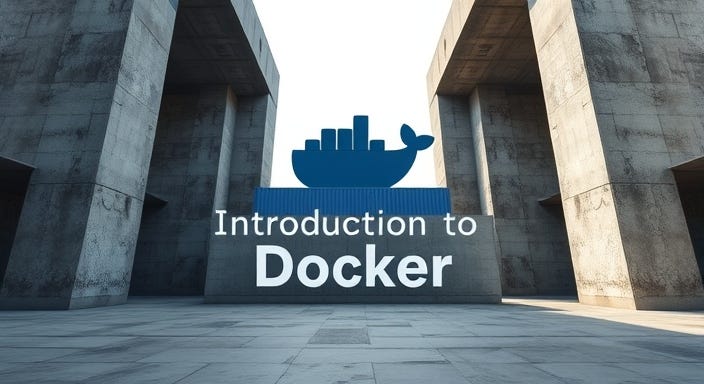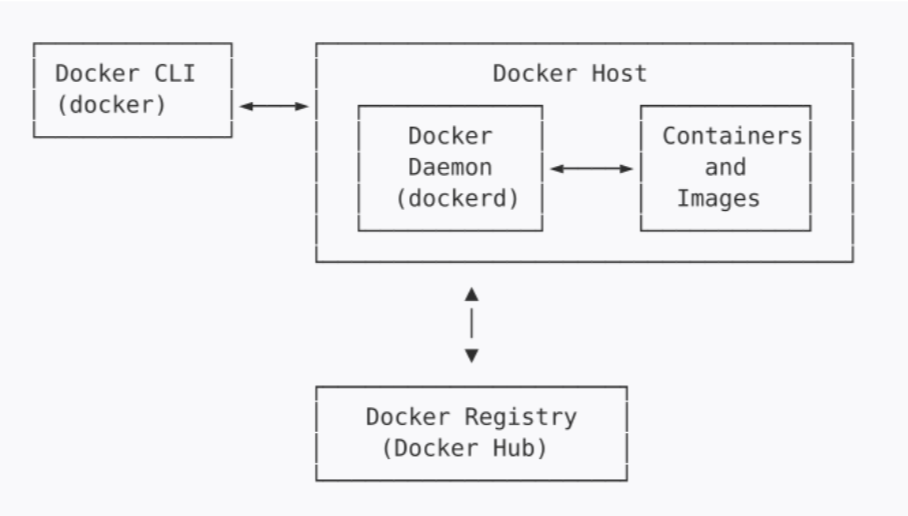
Welcome to “Docker Simplified”! If you’ve ever found Docker a bit intimidating or didn’t quite understand what all the fuss was about, you’re in the right place. In this series, we’ll break down Docker into simple, easy-to-follow steps, making sure you feel confident as you learn. Whether you’re just starting or need a refresher, we’ve got you covered.
In this first chapter, we’ll start with the basics: what Docker is, why it’s so popular, and how it can simplify your development workflow. By the end of this chapter, you’ll have a solid grasp of Docker’s key concepts and be ready to start using it in your projects. Don’t worry if it feels new at first — we’ll take it step by step.
So grab a cup of coffee, relax, and let’s dive in! Docker is here to make your life easier, and we’re excited to show you how.

Key Concepts:
Docker is an open-source platform that automates the deployment, scaling, and management of applications using containerization technology. It allows developers to package applications and their dependencies into standardized units called containers, which can run consistently across different environments.
- Containerization: A lightweight form of virtualization that packages applications and their dependencies together.
- Docker Engine: The runtime that allows you to build and run containers.
- Docker Image: A read-only template used to create containers.
- Docker Container: A runnable instance of a Docker image.
- Docker Hub: A cloud-based registry for storing and sharing Docker images.
Why Use Docker?
Docker offers numerous advantages for developers and operations teams:
- Consistency: Ensures applications run the same way in development, testing, and production environments.
- Isolation: Containers are isolated from each other and the host system, improving security and reducing conflicts.
- Portability: Containers can run on any system that supports Docker, regardless of the underlying infrastructure.
- Efficiency: Containers share the host system’s OS kernel, making them more lightweight than traditional virtual machines.
- Scalability: Easy to scale applications horizontally by running multiple containers.
- Version Control: Docker images can be versioned, allowing for easy rollbacks and updates.
Docker Architecture
Docker uses a client-server architecture:
- Docker Client: The primary way users interact with Docker through the command line interface (CLI).
- Docker Host: The machine running the Docker daemon (dockerd).
- Docker Daemon: Manages Docker objects like images, containers, networks, and volumes.
- Docker Registry: Stores Docker images (e.g., Docker Hub).
Here’s a simplified diagram of the Docker architecture:

Containers vs. Virtual Machines
While both containers and virtual machines (VMs) are used for isolating applications, they differ in several key aspects:
| Feature | Virtual Machines | Docker Containers |
|----------------|-------------------------------|------------------------------|
| Isolation | Full OS per VM | Shares host OS kernel |
| Speed | Slow startup times | Starts in seconds |
| Resource Usage | High (needs its own OS) | Low (lightweight processes) |
| Portability | Limited to hypervisors | Runs on any Docker setup Basic Docker Workflow
- Build: Create a Dockerfile that defines your application and its dependencies.
- Ship: Push your Docker image to a registry like Docker Hub.
- Run: Pull the image and run it as a container on any Dockerenabled host.
Here’s a simple example of this workflow:
# Build an image
docker build -t myapp:v1 .
# Ship the image to Docker Hub
docker push myapp:v1
# Run the container
docker run -d -p 8080:80 myapp:v1Docker Components
- Dockerfile: A text file containing instructions to build a Docker image.
- Docker Compose: A tool for defining and running multi-container Docker applications.
- Docker Swarm: Docker’s native clustering and orchestration solution.
- Docker Network: Facilitates communication between Docker containers.
- Docker Volume: Provides persistent storage for container data.
Use Cases for Docker
- Microservices Architecture: Deploy and scale individual services independently.
- Continuous Integration/Continuous Deployment (CI/CD): Streamline development and deployment processes.
- Development Environments: Create consistent development environments across teams.
- Application Isolation: Run multiple versions of an application on the same host.
- Legacy Application Migration: Containerize legacy applications for easier management and deployment.
Conclusion
In this blog, we’ve covered the basics of Docker — what it is, why it’s so useful, and how it can simplify your development process. Docker brings consistency, portability, and efficiency to your workflow, making it a powerful tool for developers and operations teams alike.
In the next chapter, we’ll dive into Docker Installation. You’ll learn how to install Docker on various platforms and get your environment set up, so you can start working with containers right away. Stay tuned, and let’s get you up and running with Docker in no time!
I hope you found this content helpful! Happy coding! 🚀
Thank you for reading! 💚

